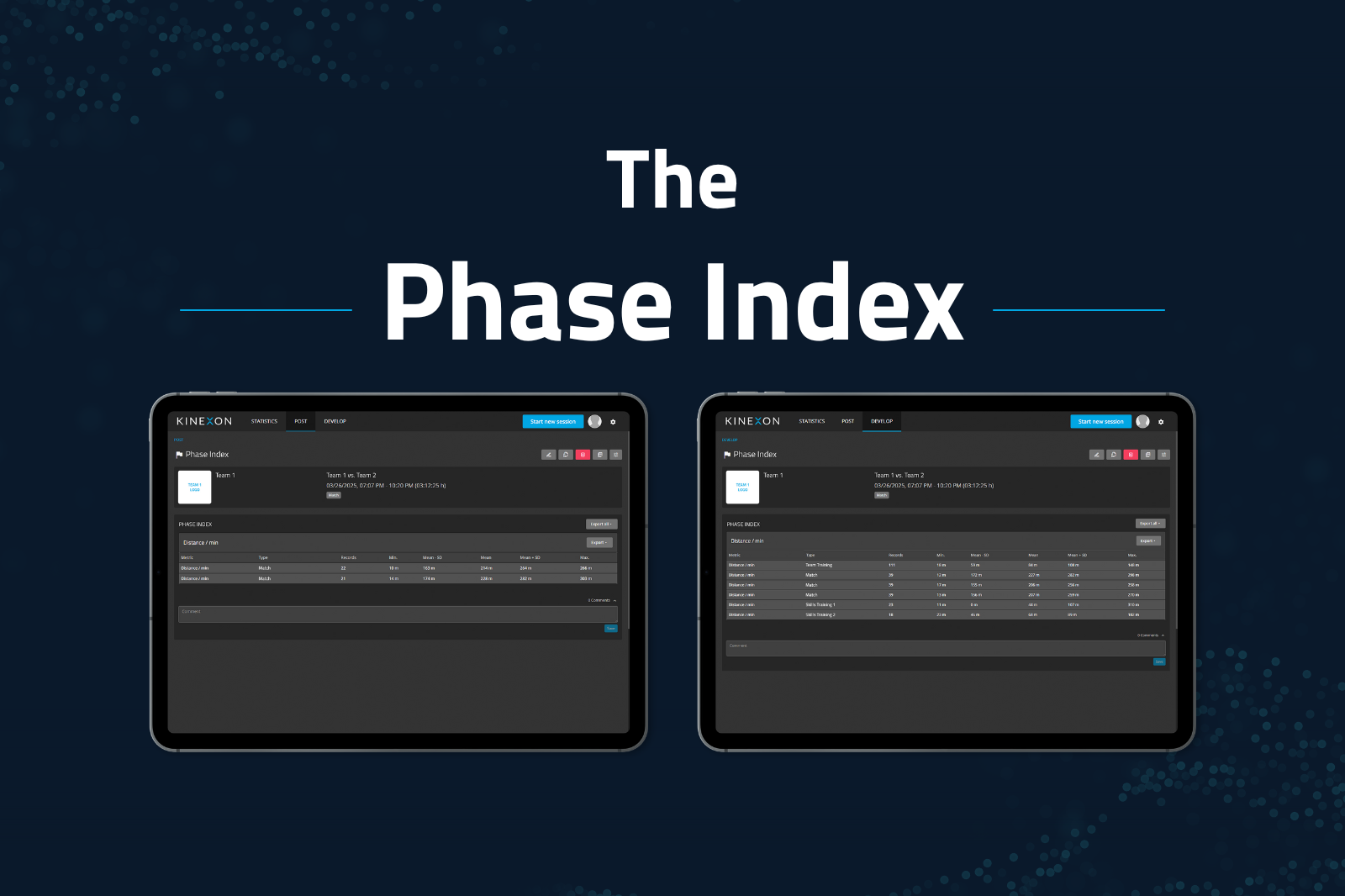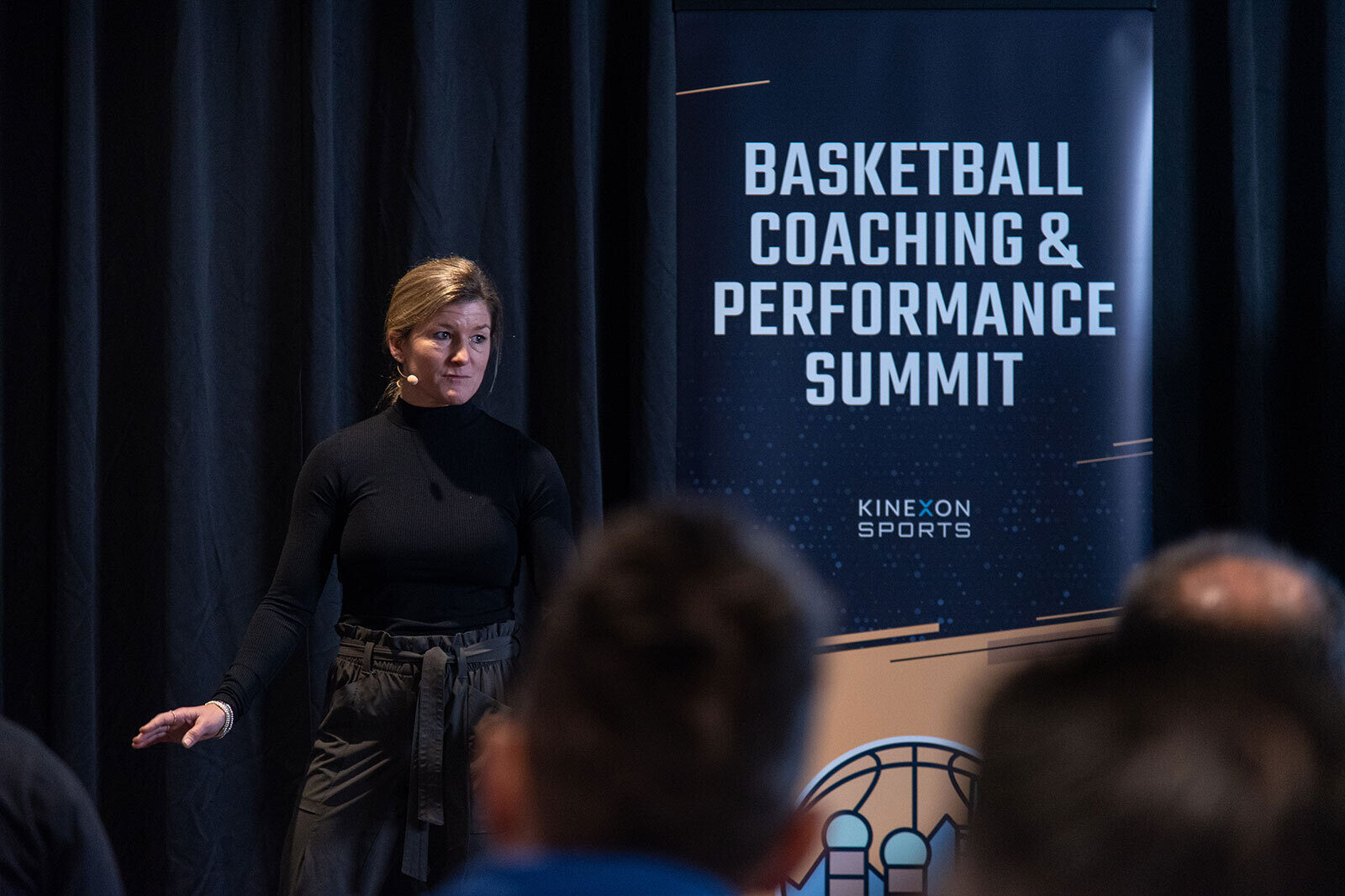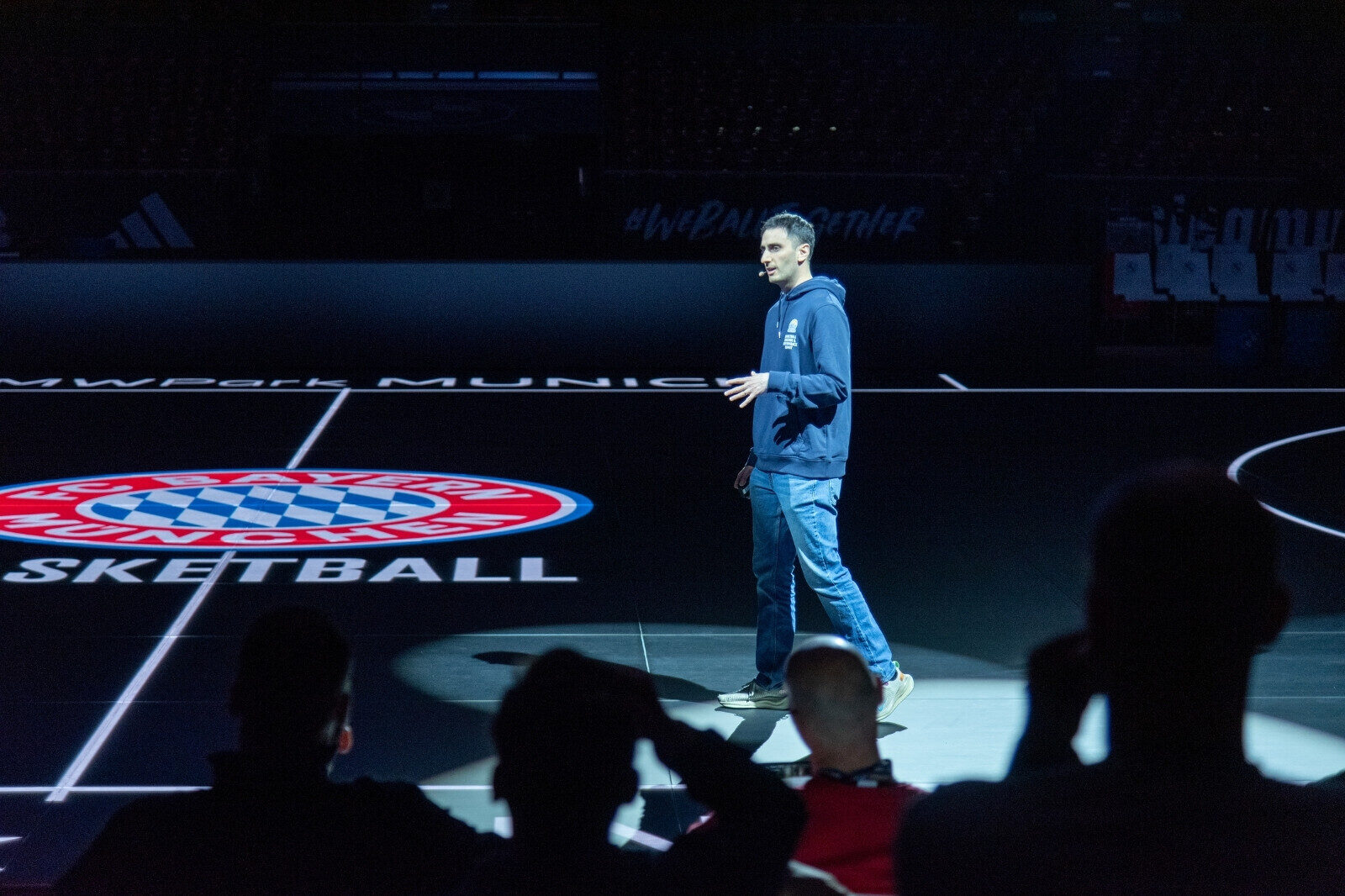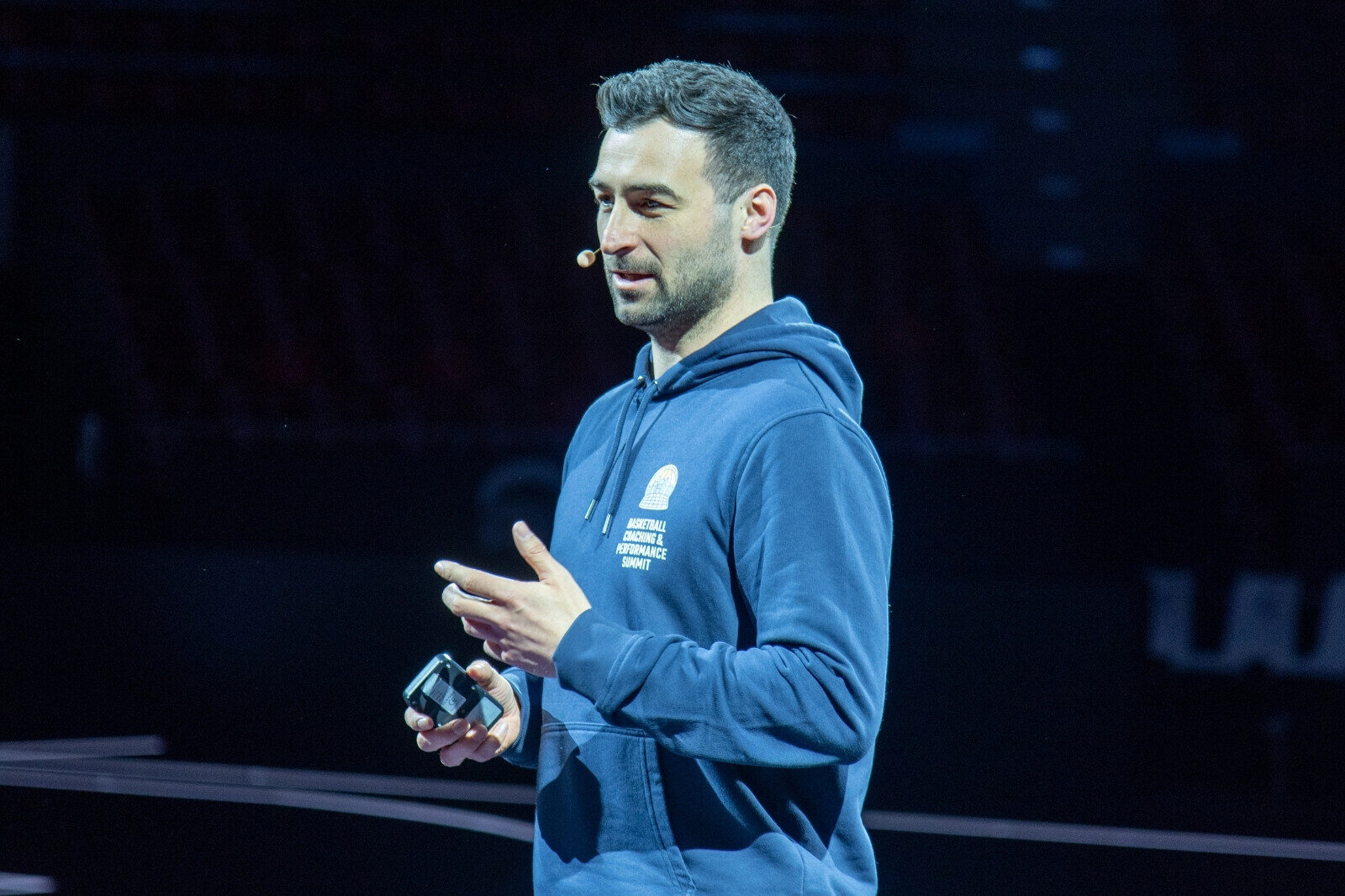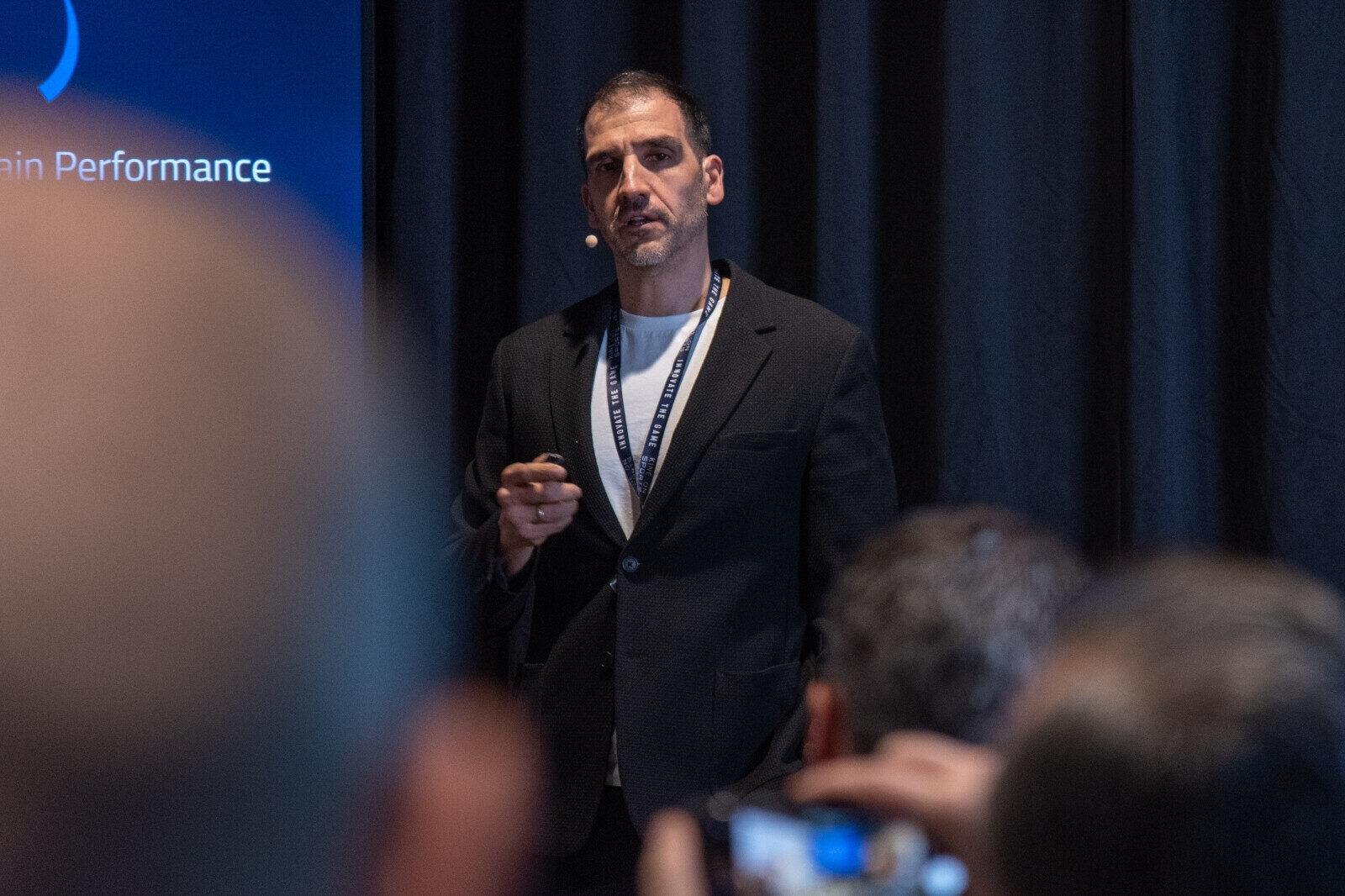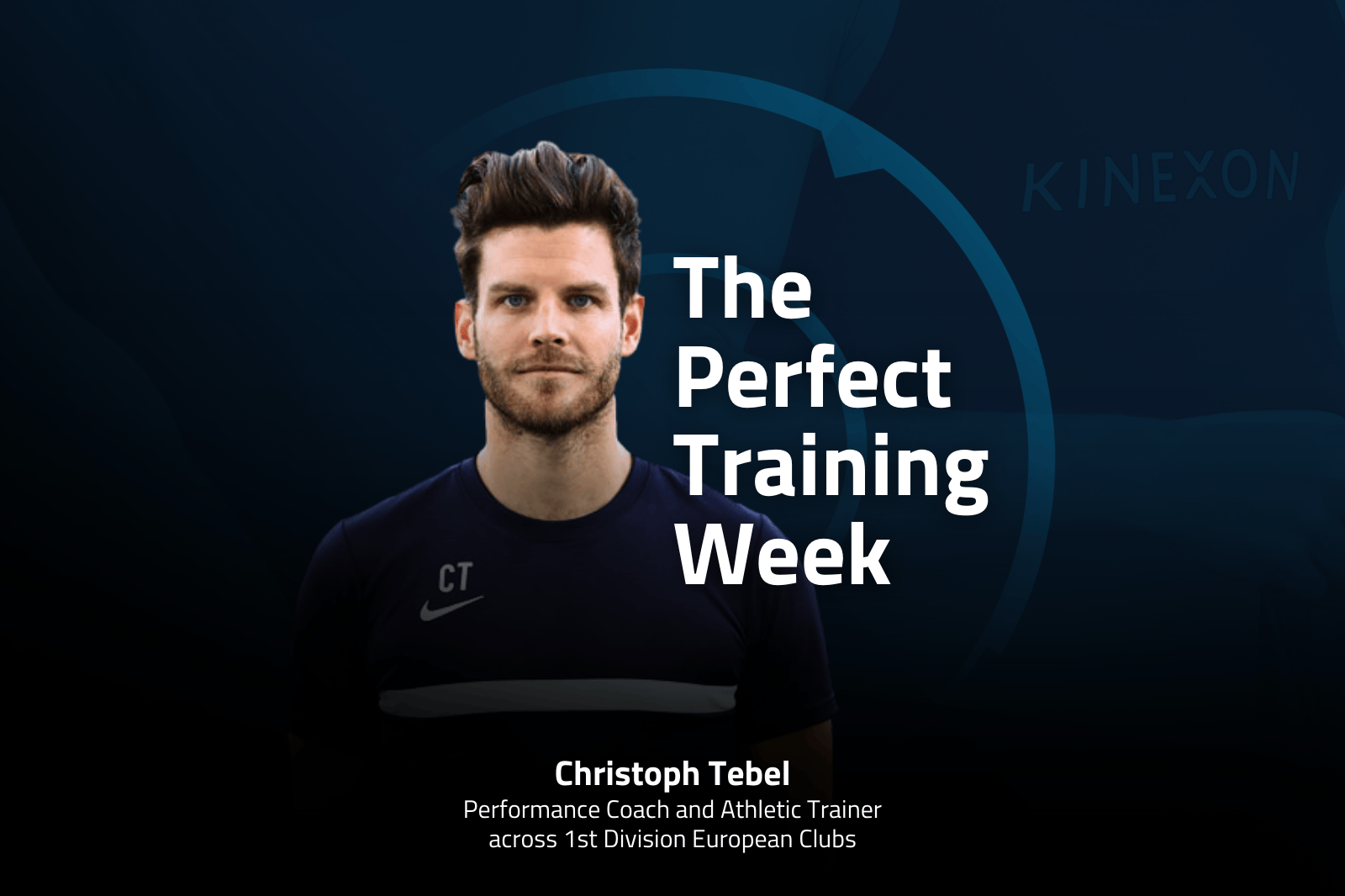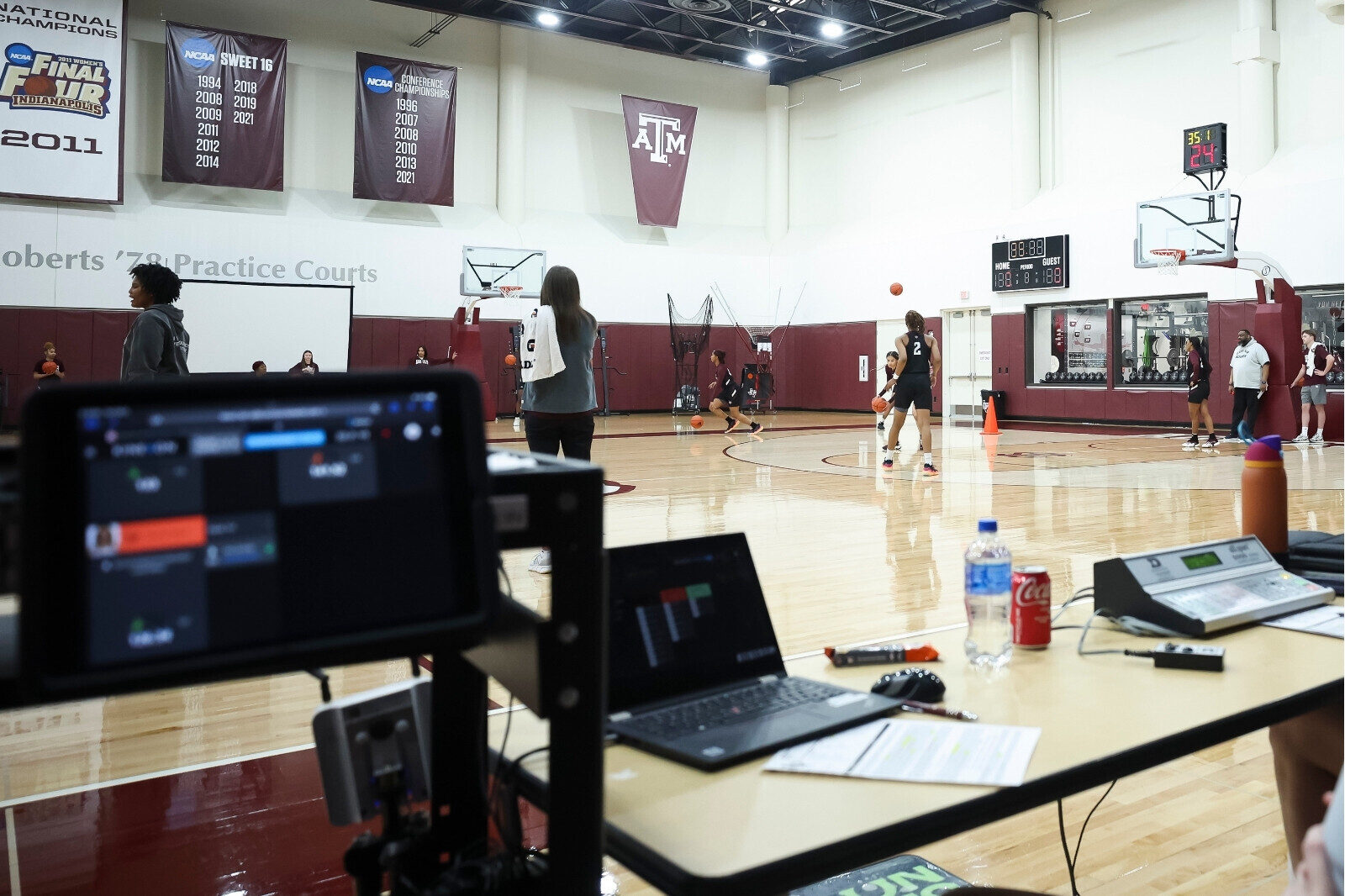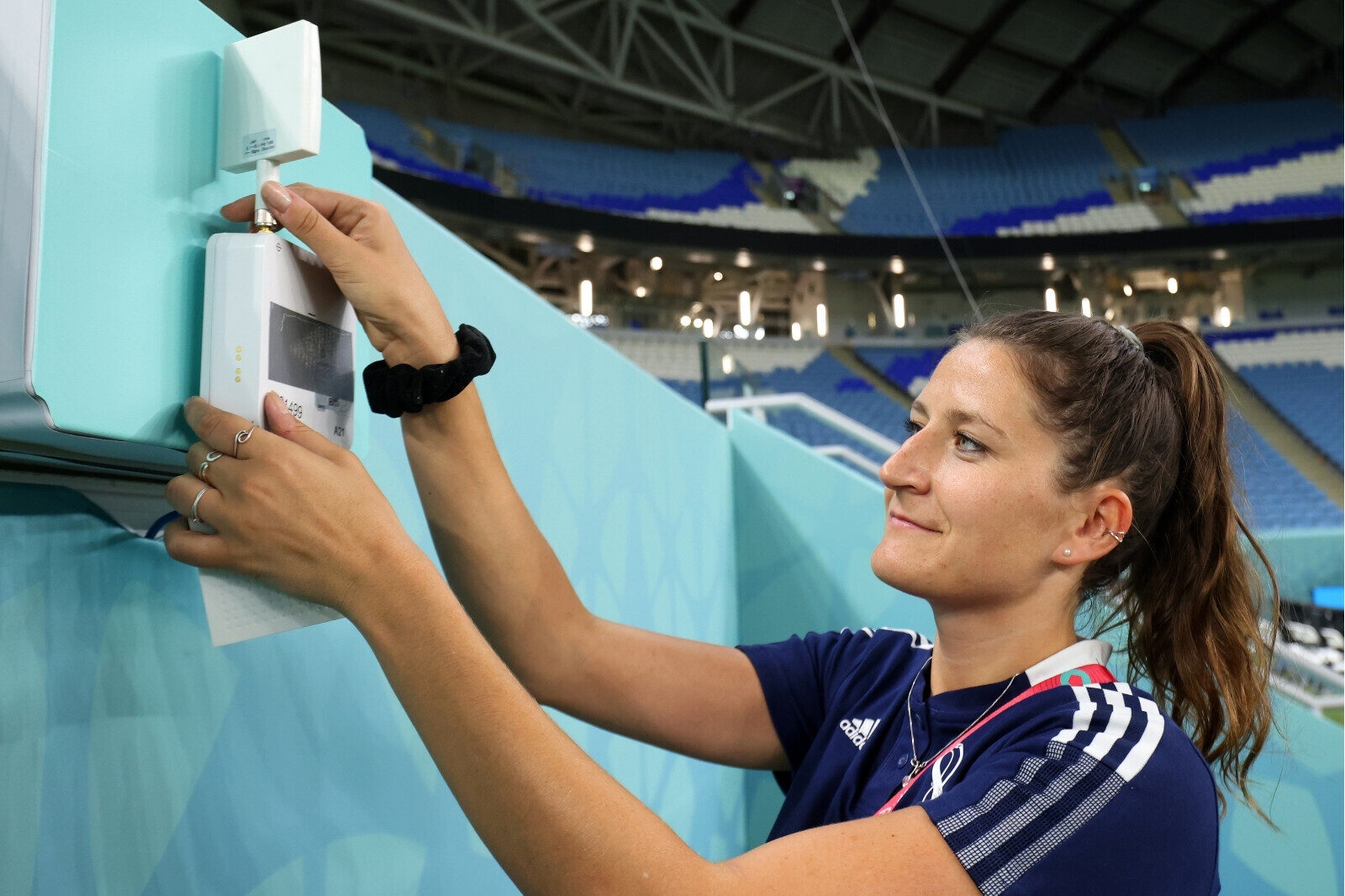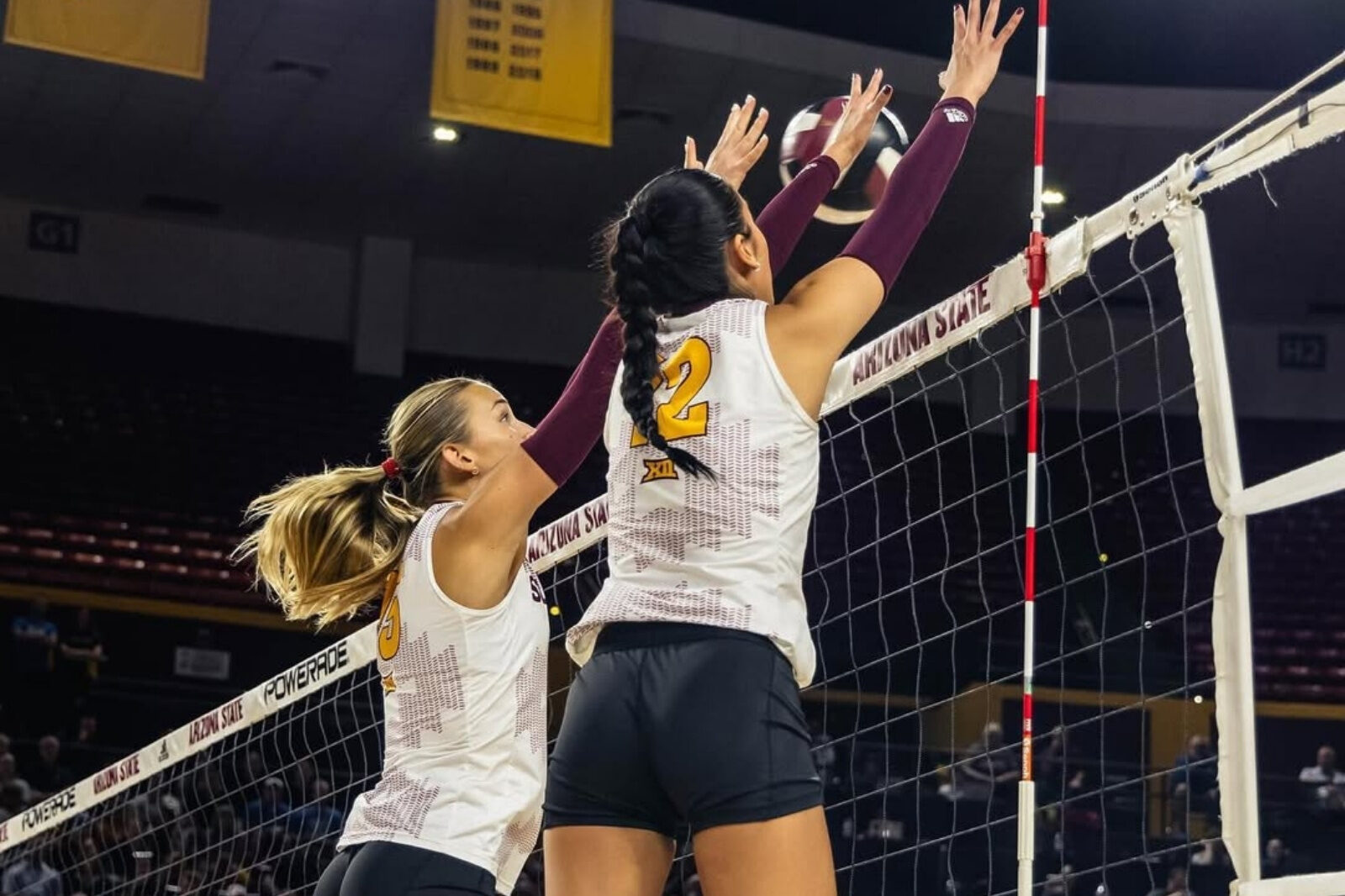What Stanford's Volleyball Strength Coach Avoids Every Season to Stay on Top
Author: Dave Grendzynski
Tyler Friedrich is the sports performance coach for the women’s volleyball team at Stanford University. He’s been helping them improve their strength, speed, agility, endurance, and jump height for more than 8 years. He says to stay on top, there’s one thing coaches should avoid.
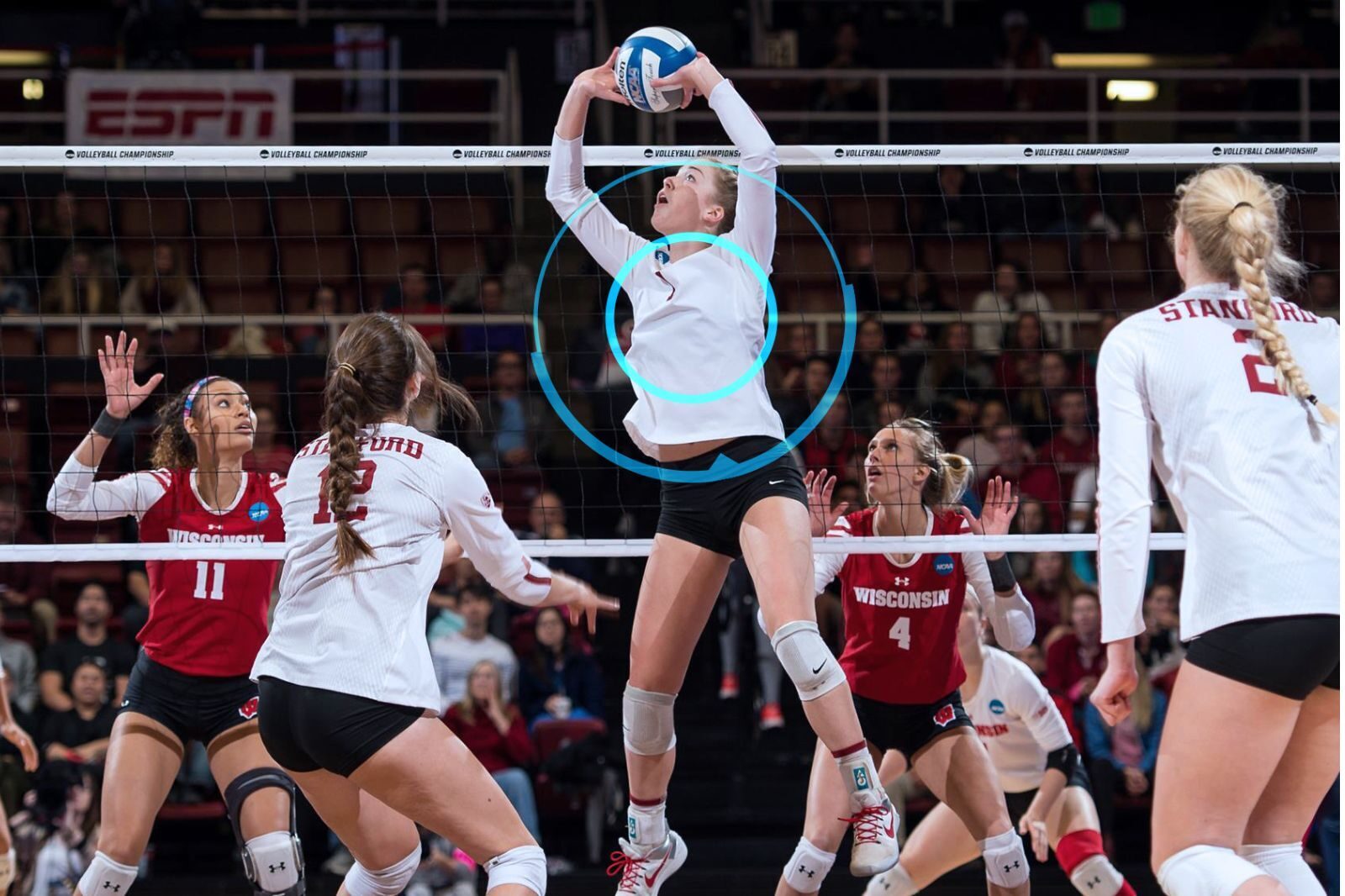
Coach Friedrich avoids sticking to the same routine year after year. “We just finished season eight together, and we wouldn’t consider (our training program) a finished product,” he said. “I would say we’re more streamlined and more efficient, but I would not say OK, here’s what we do every year.”
Friedrich is always looking for ways to improve and optimize his training program, based on the latest research, technology, and feedback.
Stanford In-Season Strength Training

One of the key concepts that Friedrich uses in the weight room is the microdosing model, or high frequency strength training. The team frequently lifts weight during the season, but with lower volume and intensity than traditional programs.
“It has evolved over time,” he said. “The microdosing model, high frequency string training, whatever you want to call it. So, we’re lifting weights every day in season six days a week.”
The idea is to stimulate the muscles and nervous system without causing too much fatigue or soreness, and to promote faster recovery and adaptation.
For more information, check out our “Five-Step Guide to Collecting Data and Using Volleyball Analytics.”
All Coaches Align Their Goals
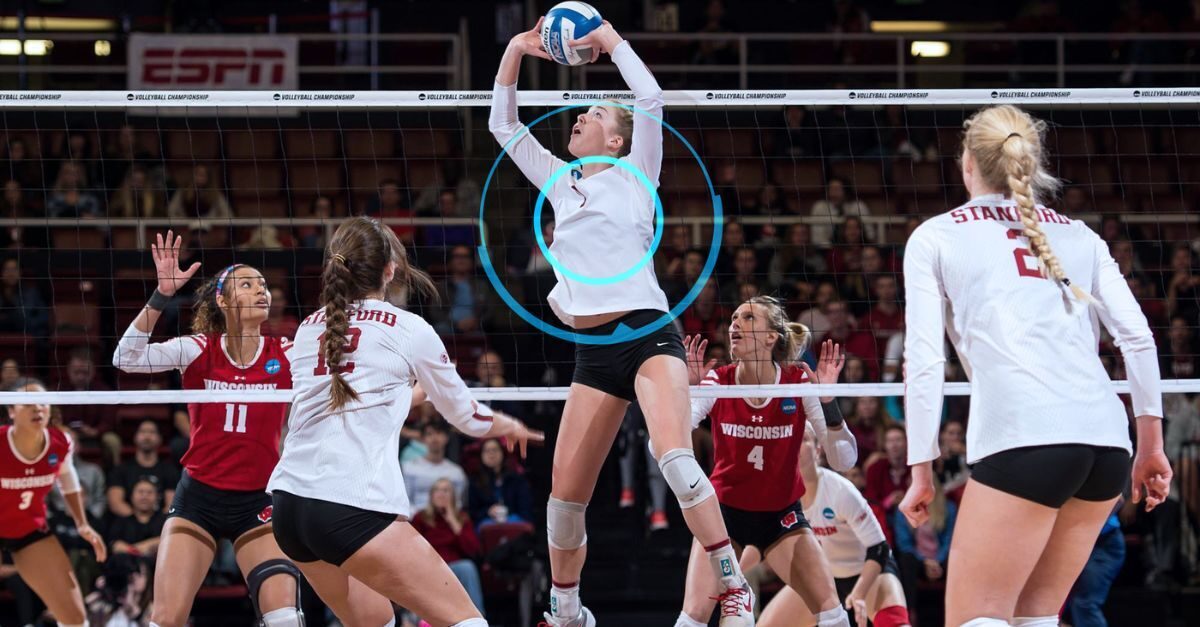
Another important aspect of Friedrich’s approach is his precise training method. He carefully plans and monitors what exercises, sets, reps, and weights the players do on each day of the week. It’s based on their schedule, goals, and feedback.
He coordinates with the head coach and the athletic trainer to ensure that the training is aligned with the practice and game plan, to ensure that the team is healthy and ready to perform.

“We are always tweaking and finding what’s best because the group changes every year.”
Coach Constantly Tweaks Training
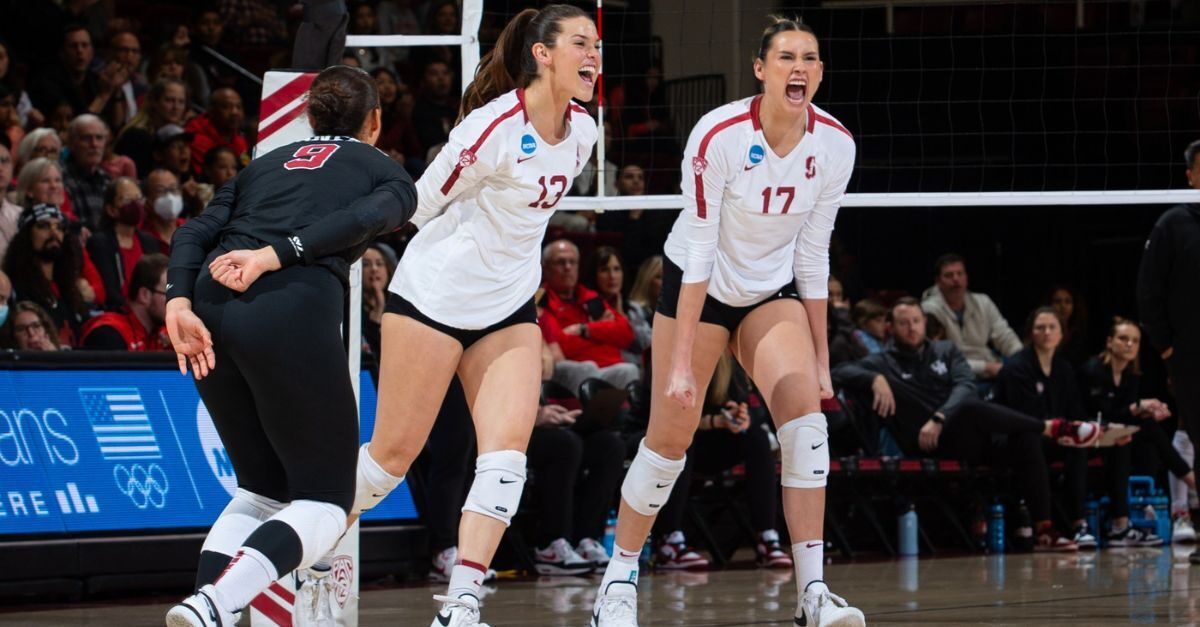
He also considers the different characteristics and needs of each group of players, such as their number, position, experience, and skill level. He is flexible and willing to adjust as the season progresses, and as new challenges and opportunities arise.
Friedrich says that the staff is always on board with mixing things up and keeping things fresh. “We are always tweaking and finding what’s best because the group changes every year,” he said. “Many factors play a role and so we’re using all that to again maybe dial in what we’re doing year to year a little differently.”
Stanford Volleyball is One of the Best

The results of Friedrich’s work speak for themselves. The women’s volleyball team has been consistently ranked among the top teams in the country. According to the NCAA, Stanford is the most successful program in Division One women’s college volleyball history:
- 23 NCAA Tournament Appearances
- 9 National Championships
- 29- 4 regular season record in 2023 – 24
- One road loss
- Regional final appearance (2023−24)
- PAC12 champions 7 times, including the past two seasons
Friedrich is proud of his team and his role in their success. He says: “I love working with this team. They are hard-working, talented, and motivated. They trust me and each other, and they always give their best. I feel honored to be part of their journey, and to help them achieve their goals and dreams.”
Volleyball Analytics Play a Role

Friedrich has also been using sports data and analytics to improve the performance of the players he trains for more than 10 years. And on the latest episode of “The Xtra Edge” he talked about what three player metrics matter the most to him, especially when it comes to training women’s volleyball players.
Tune into the podcast to find that out and learn where you can find the bar chart and line graph he created for coaches to better understand some of the volleyball metrics Stanford relies on.
Download our brochure to get more information on how to put together a winning volleyball performance plan.

